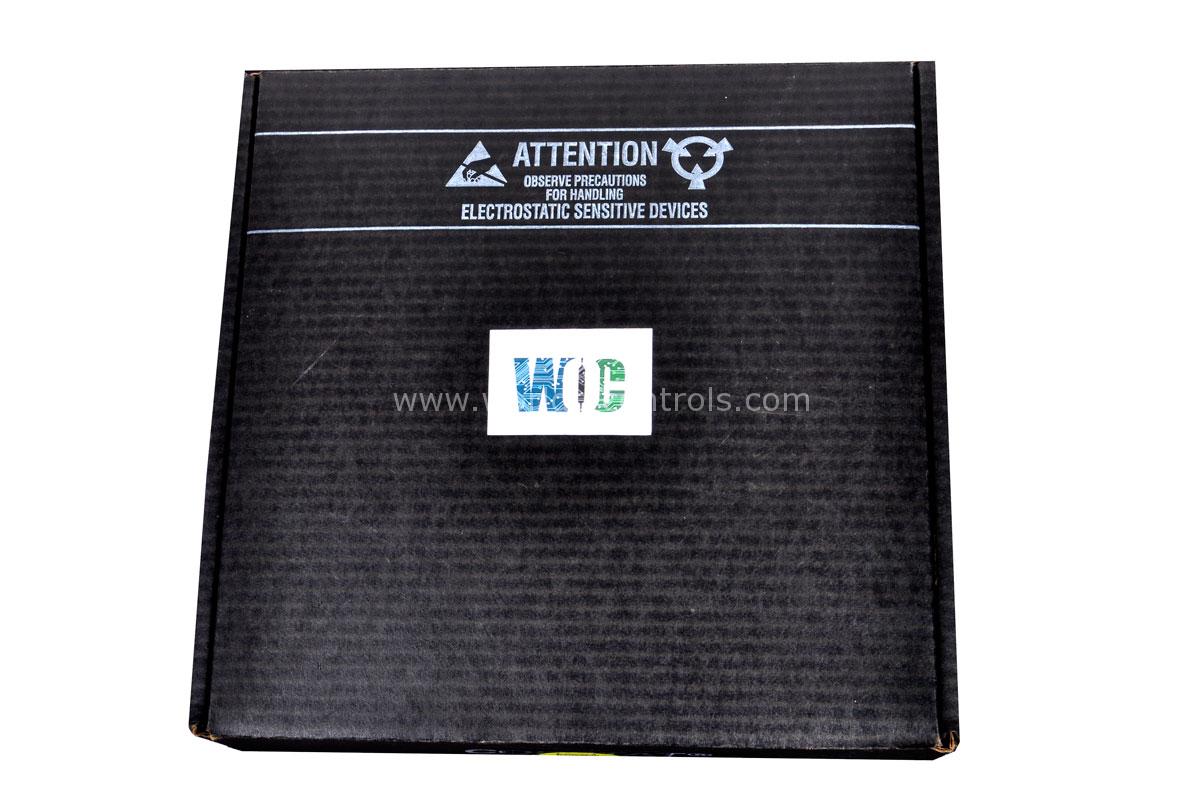
World Of Controls understands the criticality of your requirement and works towards reducing the lead time as much as possible.
5461-117 - Power Supply Module - 301 is available in stock which ships the same day.
5461-117 - Power Supply Module - 301 comes in UNUSED as well as REBUILT condition.
To avail our best deals for 5461-117 - Power Supply Module - 301, contact us and we will get back to you within 24 hours.
SPECIFICATIONS:
Part Number: 5461-117
Manufacturer: Woodward
Product type: Power Supply Module
DC output: 24 - 28 Vdc
Operating Temperature Range: -40°C to +85°C
Response Time: < 100 ns
Input: AC 400 - 500 V
Mounting Type: Surface-mount or through-hole
Dimension: 275 x 124 x 117 mm
Ripple and noise voltage max: 50 mVpp
AC Input voltage: AC 400 - 500 V
Output current range: 40 - 34.3 A
Adjustment range: 24 - 28 V
Output power: 960 W
Nominal voltage: 24 Vdc
Package Type: 8-pin DIP or 8-pin SOIC
Weight: 3300 g
Country of Manufacture: United States
FUNCTIONAL DESCRIPTION:
5461-117 is a Power Supply Module - 301 manufactured and designed by Woodward as part of the 5400 Series used in Turbine Control Systems. The Woodward 5461-117 PLC (Programmable Logic Controller) is an advanced industrial control device that provides robust and reliable control for a wide range of automation applications. This PLC is specifically designed to meet the demanding requirements of power generation, oil and gas, and other industrial sectors, ensuring efficient, safe, and secure operations. A motherboard located on the back of the power supply chassis allows the two power supplies to form a redundant power system, providing six separately regulated 24 Vdc, 6 A outputs to the control. Power supplies play a critical role in ensuring the reliable operation of various electronic and electrical systems. However, to ensure safety during installation and servicing, it's essential to provide a means for disconnecting input power to each main power supply.
FEATURES OF POWER SUPPLY MODULE:
COMPATIBILITY:
WOC has the most extensive stock of OEM Replacement Parts for Woodward Control Systems. We can also repair your faulty boards and supply unused and rebuilt boards backed up with a warranty. Our team of experts is available around the clock to support your OEM needs. Our team of experts at WOC is happy to assist you with any of your automation requirements. For pricing and availability on parts and repairs, kindly contact our team by phone or email.
How can a failed power supply be replaced without interrupting the control system?
In the event of a power supply failure, the redundant design allows for easy replacement without interrupting the control system's operation. The functioning power supply continues to power the system while the faulty one is being replaced.
How are the power supplies connected in the chassis?
The connections to the main power supplies are made via terminals located on the front of the power supply units. These terminals provide a convenient interface for connecting power input and output cables.
How is the PS chassis linked to the control chassis?
The power supply chassis is connected to the control chassis through a 50-pin ribbon cable. The ribbon cable is connected to a specific connector on the TMR (Triple Modular Redundant) Main Chassis's back underside. The cable can be attached to connectors beneath the A and C Kernels in either direction.